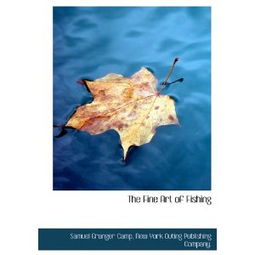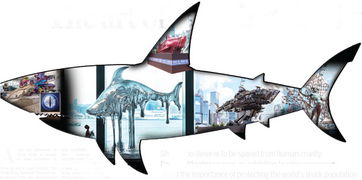本文目录导读:

- Understanding Grass Carp Behavior
- Choosing the Right Equipment
- Locating the Fish
- Presenting Your Bait
- Timing Your Bites
- Handling the Fish
- Final Tips
In the sweltering summer months, the thought of going out to fish might seem like a daunting task. However, for those who enjoy the challenge and the tranquility of the water, catching grass carp can be a rewarding experience. Grass carp, known for their resilience and size, are a popular target for anglers. Here are some expert tips and techniques to help you master the art of catching grass carp during the hot summer days.
Understanding Grass Carp Behavior
Before you can effectively catch grass carp, it's essential to understand their behavior. Grass carp are bottom feeders that primarily feed on aquatic plants and algae. They are most active during the early morning and late evening hours when the water temperature is cooler. Knowing this, you can plan your fishing trips accordingly.
Choosing the Right Equipment
The equipment you use can make or break your fishing trip. Here's what you'll need:
- Rod and Reel: A medium-heavy action rod with a good backbone is ideal for grass carp. A spinning reel with a smooth drag system is recommended.
- Line: Use a monofilament line with a breaking strength of 10-15 pounds. This will provide enough strength to handle the fish but also be flexible enough to avoid detection.
- Hook: A large, strong hook, such as a 7/0 or 8/0, is necessary to handle the size of grass carp. A treble hook can be effective as it increases the chances of a bite.
- Bait: Live bait, such as nightcrawlers or earthworms, is often the most effective. However, artificial baits like soft plastics or corn can also be used.
Locating the Fish
Grass carp are often found in shallow water, particularly in areas with abundant vegetation. Look for calm, protected areas such as backwater channels, coves, or near submerged logs and stumps. During the heat of the day, they may move deeper into the water, so it's important to be adaptable.
Presenting Your Bait
When fishing for grass carp, the presentation of your bait is crucial. Here are some tips:
- Slow and Steady: Grass carp are slow feeders, so it's important to move your bait slowly and steadily. Let it sink to the bottom and then slowly retrieve it.
- Use a Dead Bait: A dead bait, such as a nightcrawler, can be more effective as it doesn't require the fish to chase it.
- Artificial Baits: If you're using artificial baits, mimic the movement of natural prey. Wobbling or twitching the bait can trigger a bite.
Timing Your Bites
Grass carp are most active during the cooler parts of the day, so it's important to be on the water at the right time. Aim to fish during the early morning or late evening when the water temperature is lower. Additionally, keep an eye on the weather forecast, as overcast days can also be productive.
Handling the Fish
Once you've caught a grass carp, it's important to handle it properly to ensure its survival. Here's how to do it:
- Use a Net: A fish net is the best way to handle a large fish without causing unnecessary stress.
- Keep It in the Water: Keep the fish in the water as much as possible to avoid overheating.
- Release Quickly: If you're not planning to keep the fish, release it as quickly as possible to reduce stress.
Final Tips
- Stay Hydrated: The heat can be intense, so make sure you stay hydrated throughout your fishing trip.
- Sun Protection: Wear a hat, sunglasses, and apply sunscreen to protect yourself from the sun.
- Be Patient: Grass carp can be elusive, so be patient and don't get discouraged if you don't catch anything right away.
In conclusion, catching grass carp during the hot summer months requires patience, understanding of the fish's behavior, and the right equipment. By following these expert tips and techniques, you'll be well on your way to mastering the art of summer fishing for grass carp. Remember, the key is to be adaptable and patient, and with time, you'll develop a keen sense for what works best in the heat. Happy fishing!












